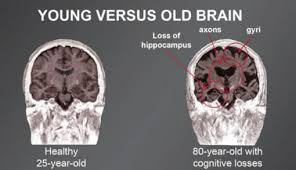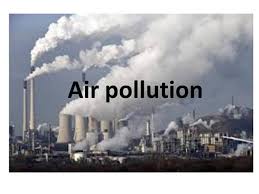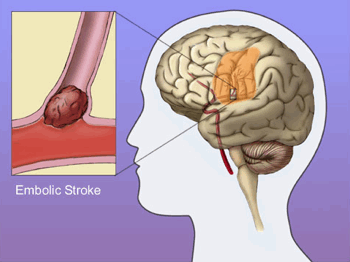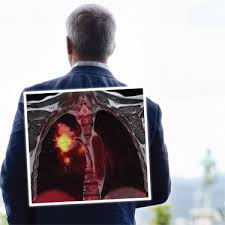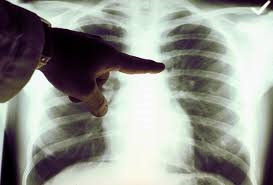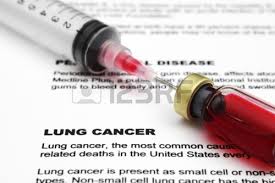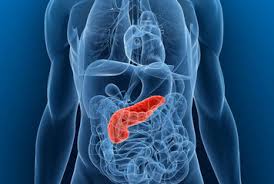 The U.S. Preventive Services Task Force, in a draft statement, is recommending low-dose aspirin to prevent both cardiovascular disease and colorectal cancer in adults aged 50 to 59 years who have a 10-year CVD risk of 10% or greater (grade B recommendation). Patients aged 60 to 69 should talk to their clinicians about whether the benefits of daily aspirin outweigh the risks (grade C).
The U.S. Preventive Services Task Force, in a draft statement, is recommending low-dose aspirin to prevent both cardiovascular disease and colorectal cancer in adults aged 50 to 59 years who have a 10-year CVD risk of 10% or greater (grade B recommendation). Patients aged 60 to 69 should talk to their clinicians about whether the benefits of daily aspirin outweigh the risks (grade C).
Patients using aspirin as a preventive must have a life expectancy of at least 10 years and be willing to take it daily for that length of time. The USPSTF notes that patients at increased risk for bleeding shouldn’t use daily aspirin.
The task force says there is insufficient evidence to make a similar recommendation for adults younger than 50 years or older than 70 years (both grade I statements). The task force previously published separate recommendations on aspirin use for preventing CVD (2009) and colorectal cancer (2007); this is the first update to address the combined benefit.
Source: Journal Watch

